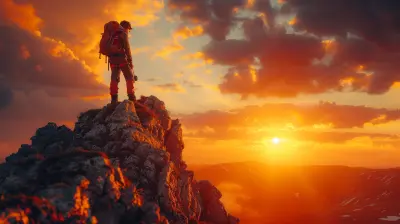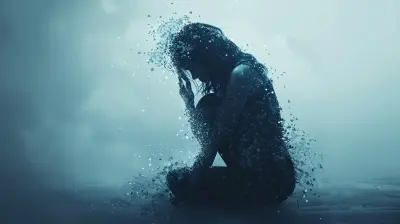The Role of Art Therapy in Emotional Healing
23 June 2025
Art has always been a way for humans to express themselves—whether through painting, drawing, sculpting, or even doodling on the margins of a notebook. But did you know that art can also be a powerful tool for emotional healing? That’s where art therapy comes in.
Art therapy isn't just about creating beautiful pieces; it's about using creativity as a bridge to understanding emotions, processing trauma, and finding inner peace. Whether you’re struggling with anxiety, depression, grief, or stress, art therapy can provide an outlet for emotions that words often fail to express.
So, how exactly does art therapy work, and why is it so effective? Let’s dive into the transformative power of creativity and how it can help heal the mind and soul. 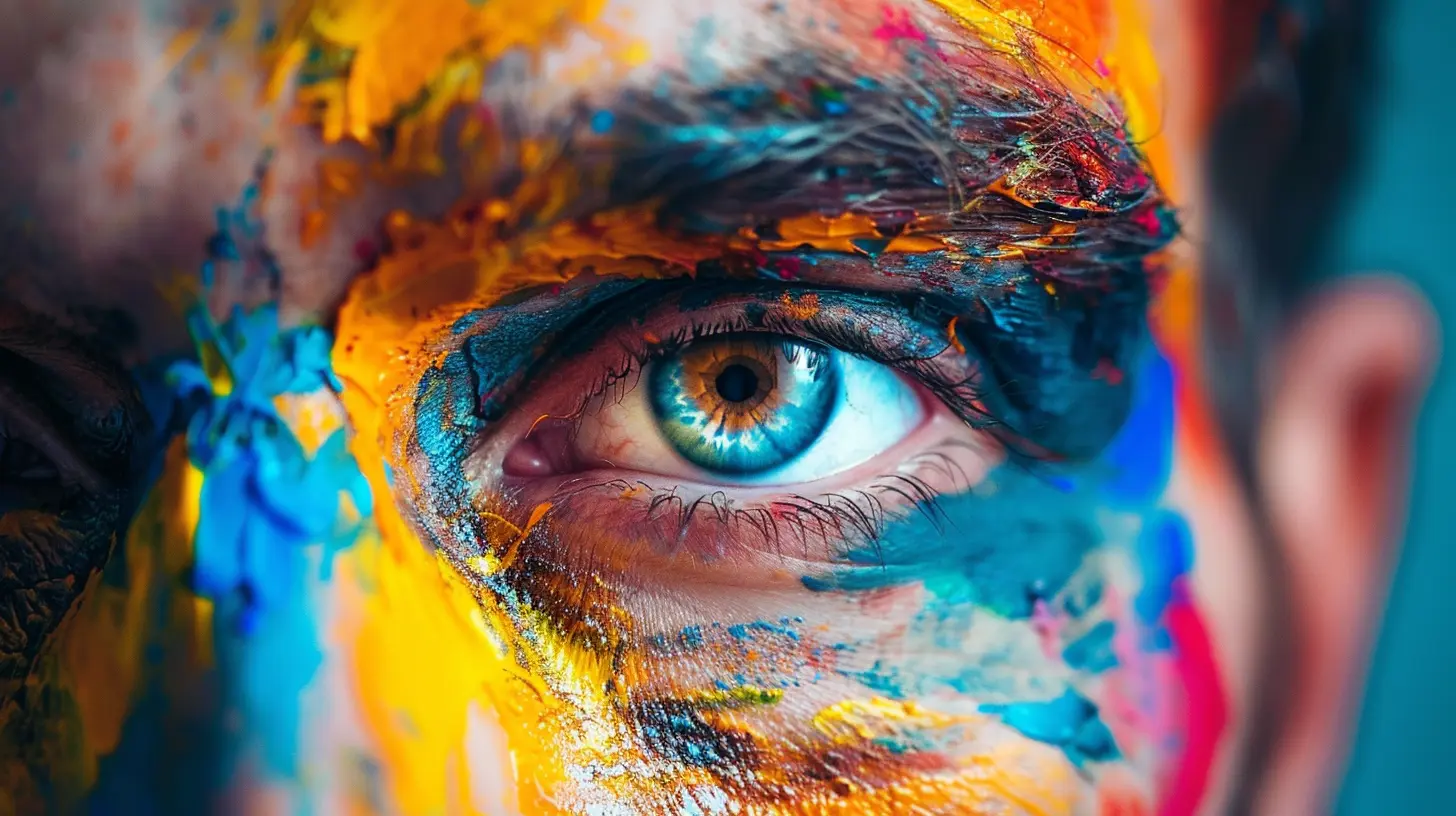
What Is Art Therapy?
At its core, art therapy is a form of psychotherapy that uses creative expression as a healing tool. Unlike traditional talk therapy, which focuses primarily on verbal communication, art therapy allows individuals to communicate thoughts and emotions through visual and tactile experiences.Certified art therapists guide individuals through artistic exercises, helping them explore their feelings, reduce stress, and gain insight into their emotional well-being. The goal isn’t to create the next masterpiece—it’s to use the process of creation as a way to work through personal struggles.
Art therapy can involve various media, including:
- Painting
- Drawing
- Collage-making
- Sculpting
- Photography
Each medium offers a unique way to explore and express emotions. For some, colors and brushstrokes can convey feelings in a way that words simply cannot. 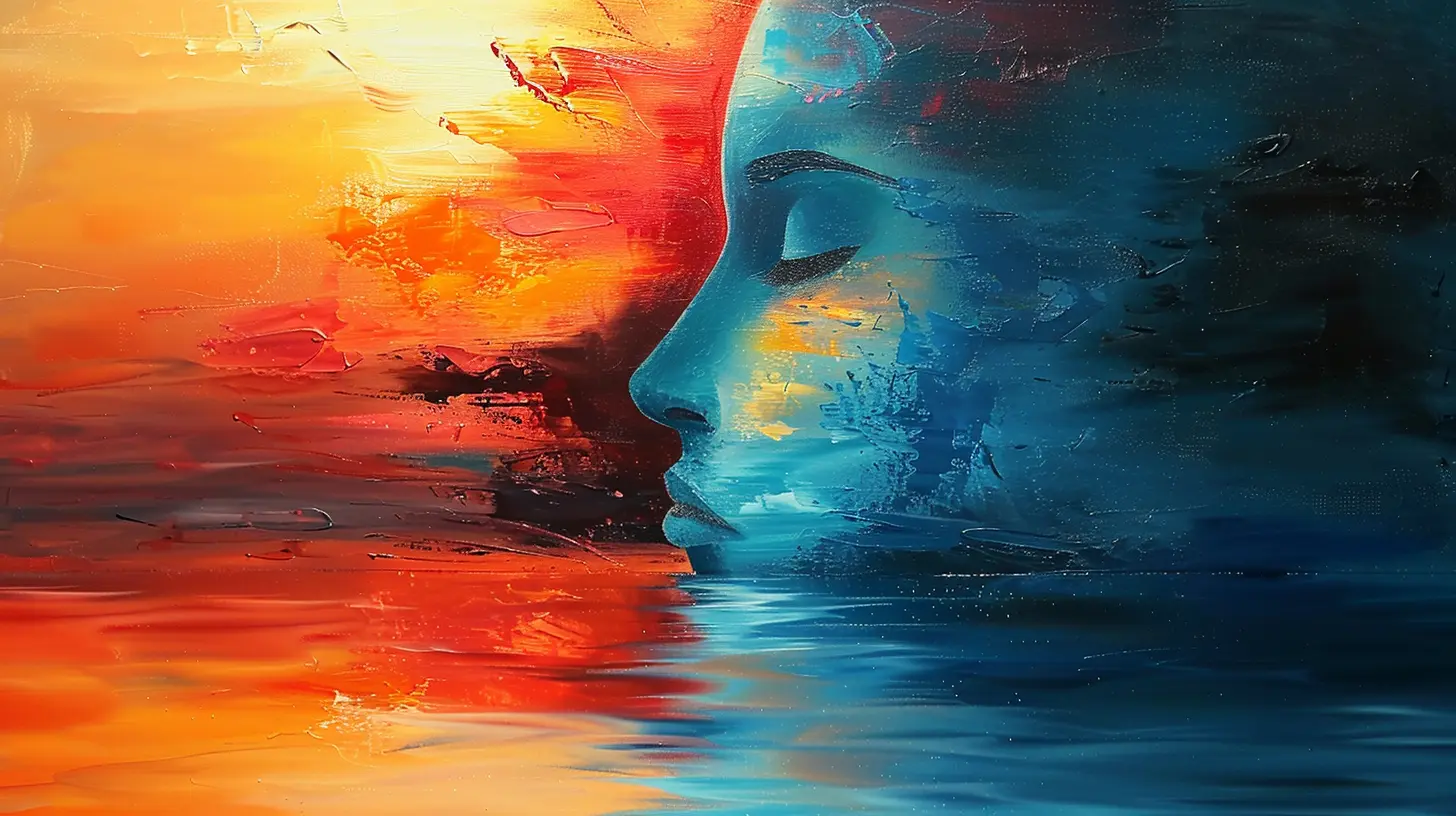
How Art Therapy Supports Emotional Healing
1. Expressing Feelings Without Words
Have you ever felt emotions so overwhelming that you just couldn’t put them into words? That’s where art therapy shines. It provides a safe space to explore and process emotions without the pressure of verbal communication.For individuals dealing with trauma, grief, or intense anxiety, verbalizing feelings can be difficult. Art therapy allows them to externalize those emotions through creative expression, making it easier to understand and process what they're going through.
2. Reducing Stress and Anxiety
Engaging in creative activities has been shown to reduce levels of cortisol, the stress hormone. The repetitive movements involved in coloring, painting, or sculpting can have a calming effect on the brain, similar to meditation.Ever noticed how adult coloring books have become so popular in recent years? That’s because focusing on coloring patterns can help quiet the mind, making it an effective way to alleviate anxiety and stress.
3. Enhancing Self-Awareness and Self-Esteem
Art therapy encourages individuals to explore their self-identity and emotions in a non-judgmental way. The creative process fosters self-discovery, helping individuals uncover thoughts and emotions they may not have even realized were affecting them.As a result, this increased self-awareness can boost self-esteem. When people see their emotions take shape through artwork, they gain a sense of accomplishment and self-acceptance, which can be incredibly empowering.
4. Healing From Trauma and PTSD
For individuals who have experienced trauma, memories can sometimes become trapped in the body and subconscious mind. Art therapy helps release these emotions safely, allowing people to process their experiences without having to relive them verbally.Many therapists use a technique called trauma-informed art therapy, which helps people work through painful experiences using creative expression. Whether it's through painting, weaving, or even clay modeling, these therapeutic exercises help reconnect individuals with their emotions in a controlled and healing way.
5. Encouraging Mindfulness and Being Present
Creating art requires focus and attention to detail, which naturally encourages mindfulness. When you're deeply engaged in a creative process, you enter a state of “flow” where worries fade away, and you become fully present in the moment.This mindful state can be particularly beneficial for individuals struggling with anxiety, depression, or intrusive thoughts. Art becomes a form of meditation, gently guiding the mind away from negative thinking patterns and into a space of calm and focus. 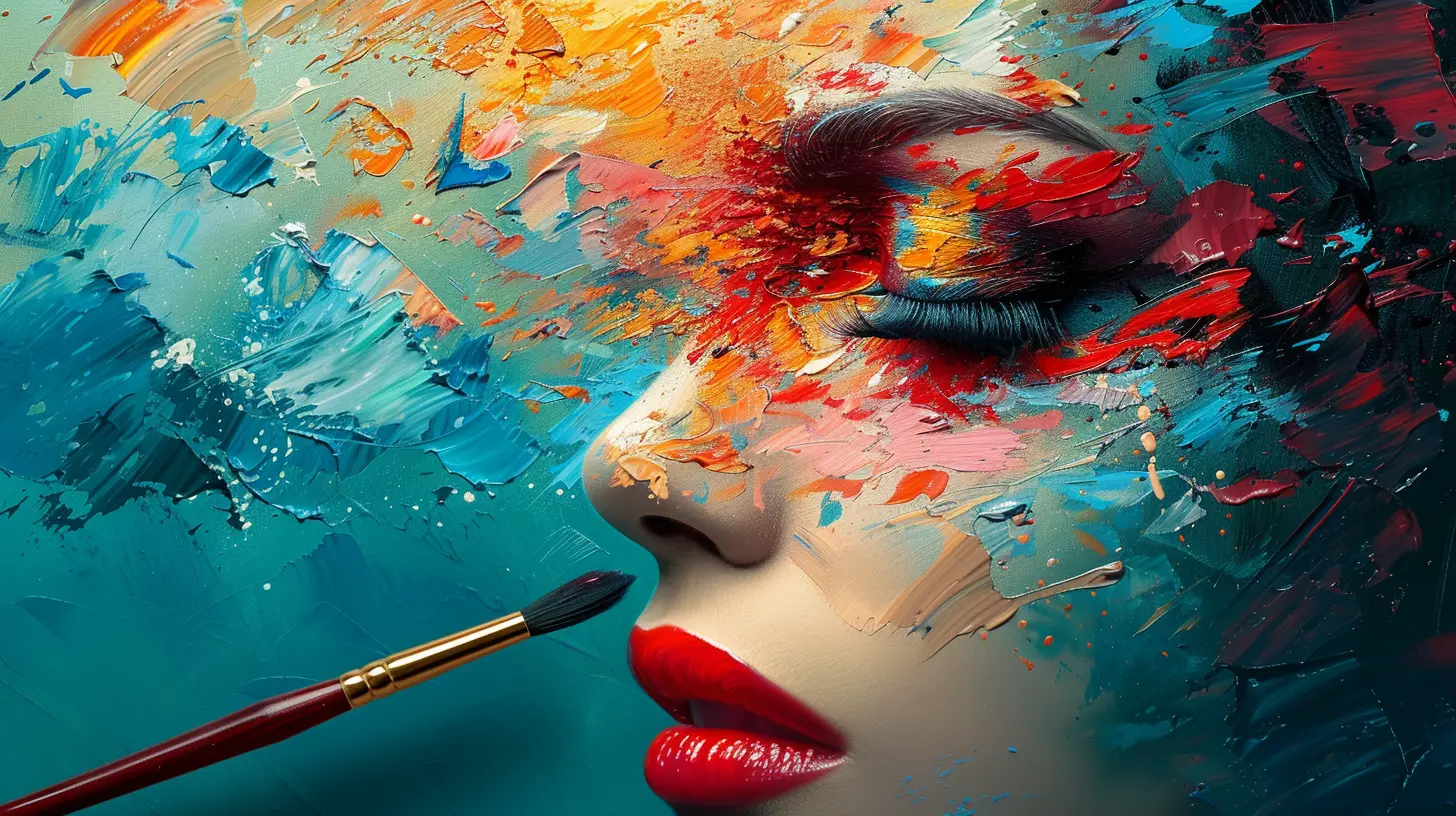
Who Can Benefit from Art Therapy?
One of the greatest things about art therapy is that it's accessible to everyone, regardless of artistic skill level. You don’t need to be a professional artist to benefit from it—just a willingness to explore your emotions through creativity.Art therapy is particularly helpful for:
- Children and adolescents dealing with behavioral issues, anxiety, or trauma
- Adults experiencing stress, depression, or PTSD
- Seniors coping with loneliness or cognitive decline
- Individuals with chronic illnesses or disabilities who need an emotional outlet
- Anyone struggling with self-expression
Whether it's used in hospitals, mental health clinics, schools, or even personal practice at home, art therapy can be a valuable tool for emotional healing. 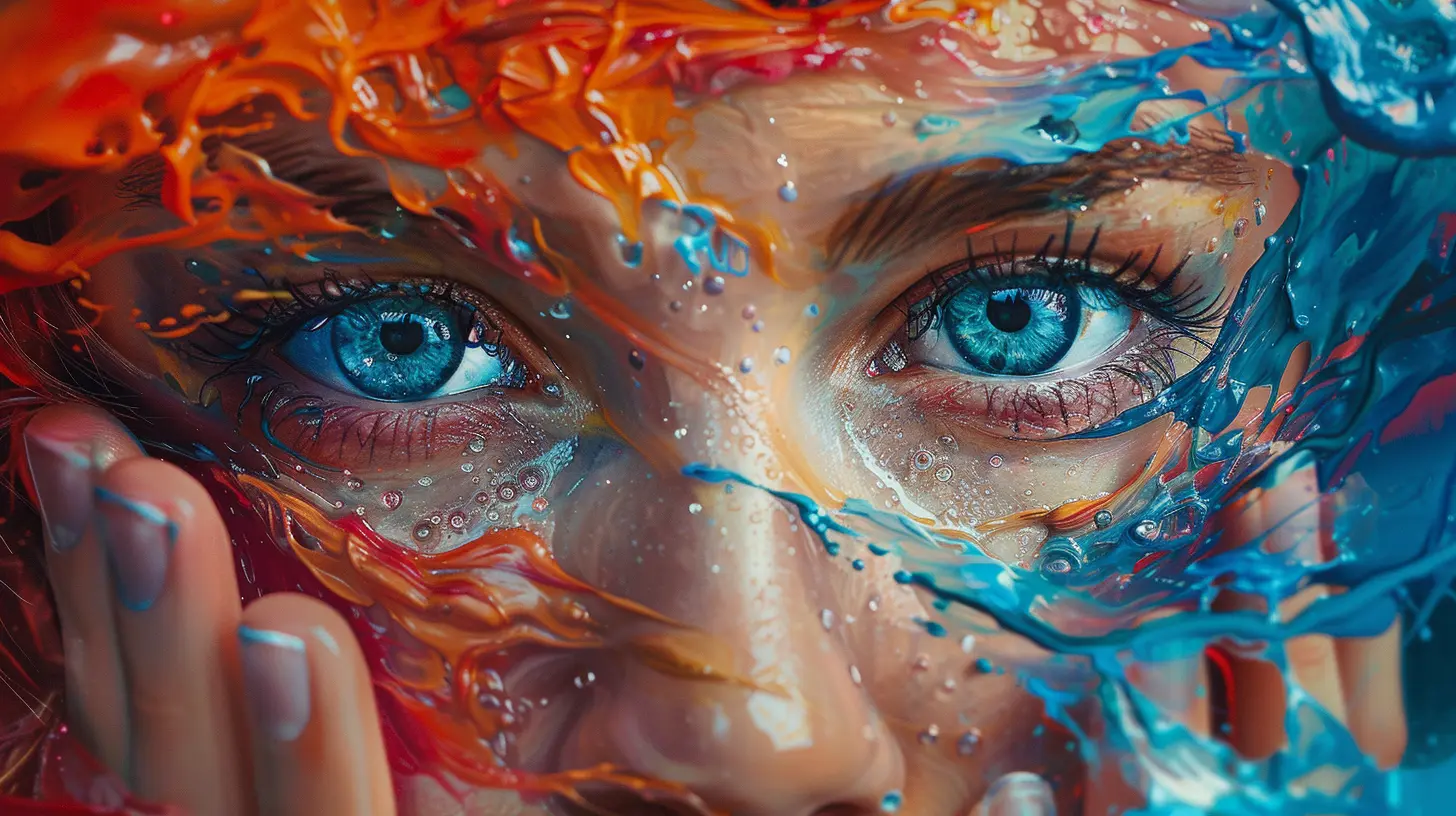
How to Get Started With Art Therapy
Art therapy doesn't have to be complicated or expensive. While working with a licensed art therapist is ideal, you can also incorporate art therapy techniques into your own life for self-care and emotional healing.Here are some simple ways to get started:
1. Try Free Expression Drawing
Grab a sketchbook and start drawing whatever comes to mind. Don’t worry about making it look “good”—just focus on letting your emotions flow onto the paper.2. Color Your Stress Away
Adult coloring books are a great way to engage in soothing creative activity. Choose colors that reflect your mood and allow yourself to get lost in the process.3. Create a Vision Board
Collage-making can be a powerful tool for setting intentions and visualizing your emotions. Cut out magazine images or print pictures that resonate with you and create a vision board that represents your feelings or goals.4. Paint Your Emotions
Use colors and brushstrokes to represent your mood. Feeling angry? Use bold, energetic strokes. Feeling calm? Use soft, blended colors. Let your emotions dictate your artistic choices.5. Keep an Art Journal
Combine drawings, color splashes, and written reflections in a journal. This can serve as a visual diary of your emotions and allow you to track your healing journey over time.Final Thoughts
Art therapy is more than just making pretty pictures—it’s about using creativity as a path to healing, self-discovery, and emotional balance. Whether you're working with a therapist or simply engaging in creative exercises on your own, art has the power to unlock emotions, reduce stress, and help you process life’s challenges.So, the next time you’re feeling overwhelmed, pick up a paintbrush, a pencil, or even some clay, and let your emotions flow. Creativity has a way of reaching parts of the soul that words sometimes cannot.
all images in this post were generated using AI tools
Category:
Emotional HealingAuthor:

Eliana Burton
Discussion
rate this article
2 comments
Otto Rhodes
Thank you for this insightful article on the role of art therapy in emotional healing. It beautifully highlights how creativity can be a powerful tool for self-expression and recovery. I appreciate the practical examples provided, which illustrate the transformative effects of art on mental well-being. Truly inspiring!
November 26, 2025 at 4:58 PM

Eliana Burton
Thank you for your kind words! I'm glad you found the article insightful and inspiring. Art therapy truly is a powerful tool for healing.
Tessa Forbes
Thank you for highlighting the transformative power of art therapy. It's inspiring to see how creative expression can facilitate emotional healing and personal growth. Your insights encourage a deeper appreciation for the therapeutic potential of art.
June 29, 2025 at 3:20 PM

Eliana Burton
Thank you for your thoughtful comment! I'm glad you found the insights on art therapy inspiring and appreciate its power in healing and growth.
